The practice of a martial art is a path that leads to full health.
![]() Martial arts are often associated only with fighting. However, a true martial art is much more than that. It is an art that involves the whole person: body and mind. The practice of a martial art is a real tool for personal development. Its ultimate goal is the plenitude of the being and serenity.
Martial arts are often associated only with fighting. However, a true martial art is much more than that. It is an art that involves the whole person: body and mind. The practice of a martial art is a real tool for personal development. Its ultimate goal is the plenitude of the being and serenity.
The martial artist seeks to develop a strength that allows him to face different types of trials experienced as aggressions. What is this strength? Does it come from an abundance of muscles and proven fighting techniques? Many combat sports falsely lead their students to believe that they are practising self-defence against external aggressors. But the ultimate goal of self-defence is to learn to face our own inner struggles and keep our ego at bay. This is where the martial artist will find this strength.
Our experience of practice, as well as numerous meetings with teachers and masters in martial arts have confirmed that the goal of martial arts is to build the individual to become a Warrior.
The warrior differs from the common mortal by the meaning he gives to his life. The warrior is in a permanent quest to connect with the forces of the universe. He seeks to live in harmony with himself and with his environment. What is a stress for everyone is a challenge for the warrior: “How to solve this test with wisdom?” Indeed, The Way of the Warrior asks us to live in harmony with our inner strength and the universal consciousness.
Why become a warrior?
Everyday life looks more and more like a fight, whose attacks are often underhand (frustration, illness, death of a loved one, fear of losing…).
Thanks to the martial art, the individual reprograms himself in a methodical way. This gradually enables him to better cope with the above-mentioned situations. By materialising conflictual contexts of physical aggression, the practitioner experiments with defence techniques, while learning to know himself better.
Thus, each difficulty encountered in his practice (effort, test, remark) prepares him for this confrontation with life. The apprentice warrior learns to observe and to feel. Thus he gradually develops his awareness of himself and his environment.
He learns through physical combat to control his instinctive reactions. Thus he adapts his reaction to a given situation as accurately as possible. This is what will allow him, with time, to face the emotional aggressions mentioned above without being overwhelmed. The martial art thus brings mental relaxation and the ability to sustain confrontation and to develop effective strategies.
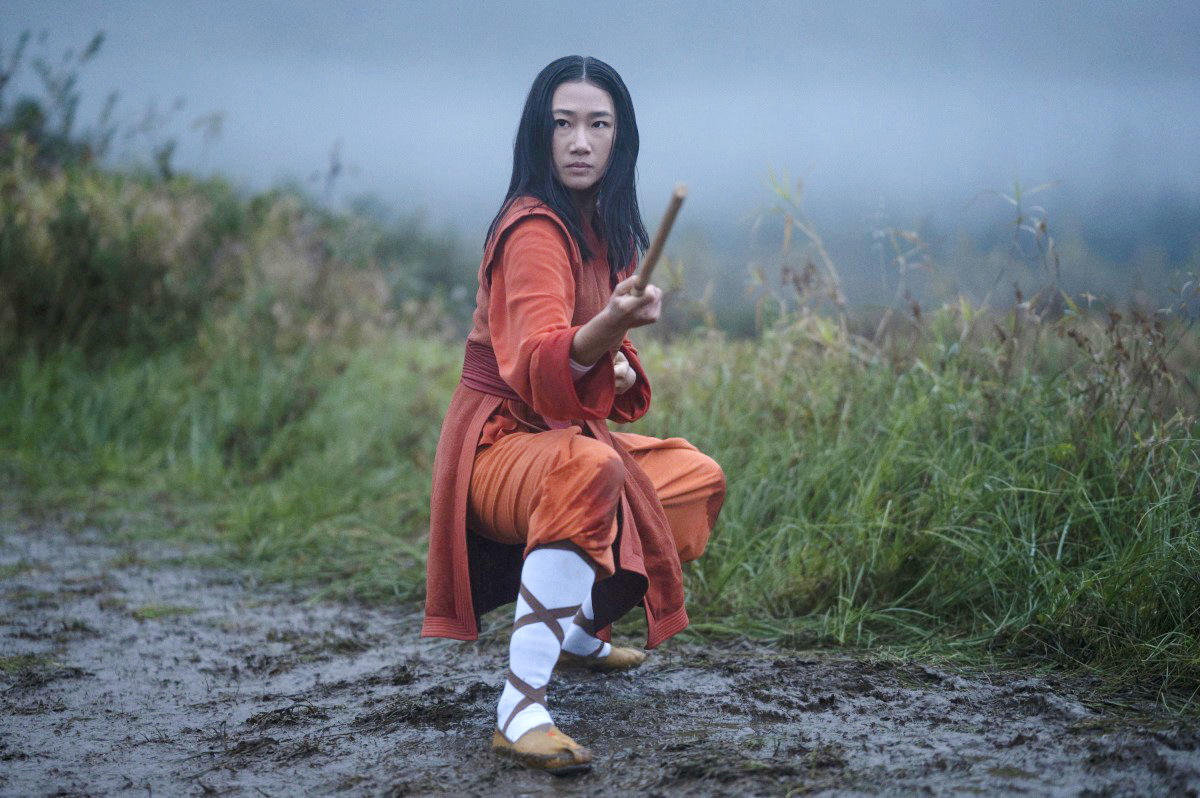
The virtues
The martial artist is initiated into a culture. He practices an art, develops virtues that will be integrated throughout his evolution. The beginner, from the first second, pursues a path, even if he is not yet aware of it. It is the way of harmony. Thus he cultivates a body aesthetic in each of his movements. In doing so, he develops physical and mental qualities through the more or less delicate situations in which he is placed. For harmony is the key to a healthy and fulfilled life.
In addition, the martial art teaches mutual aid and solidarity. In training, the opponent is above all a partner. And each partner seeks to help his or her partner progress as much as to progress in the above-mentioned virtues. Thus the martial art teaches altruism and respect for the Other.
In everyday life, aggression is rarely physical. As a result, the individual has lost sight of an essential element: vigilance. The practice of a martial art, by physically materialising an aggression, forces the practitioner to cultivate this vigilance. Indeed, the slightest lack of vigilance is paid for harshly. This vigilance develops gradually to become an extra-awareness, which will last outside the dojo.
Bushido or the way of the warrior
Bushido (literally the Way of the Warrior) is the code of honour of the samurai. It summarises the virtues to be developed through the practice of a martial art, and to be integrated into one’s life.
Here are the 7 essential virtues according to Bushido:
- Loyalty,
- Courage (the art of understanding what is right),
- Honour (respecting an ethic in our actions),
- Benevolence (it induces solidarity),
- Rigour (the sense of duty),
- Respect (mark of our greatness of soul),
- Honesty and sincerity (being fair, speaking fairly).
These virtues are objectives to be developed through the practice of the martial art and to be integrated into daily life. With time they become an integral part of the individual and their application in everyday life is automatic.

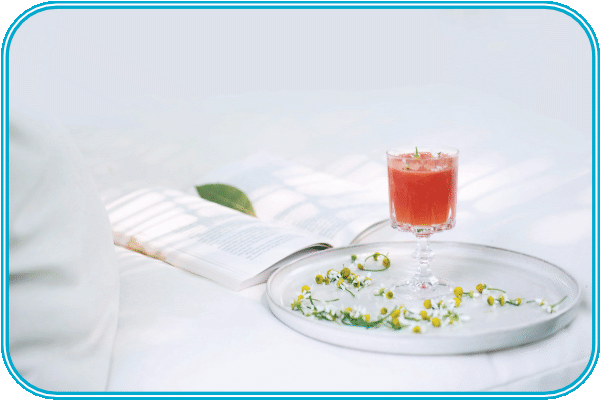
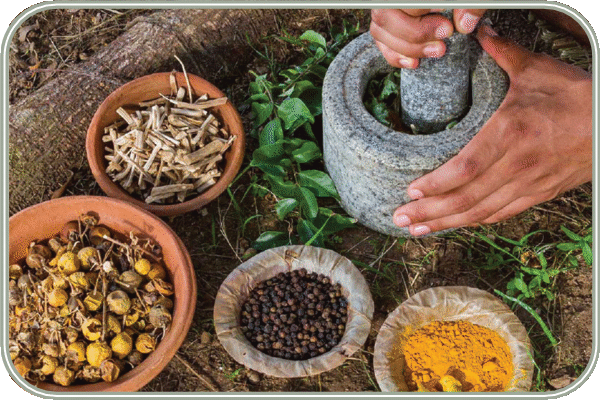

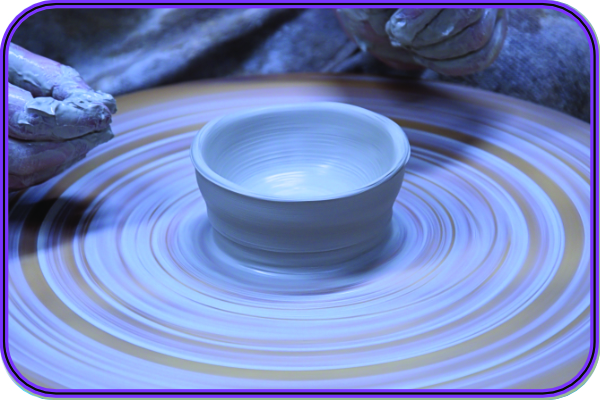

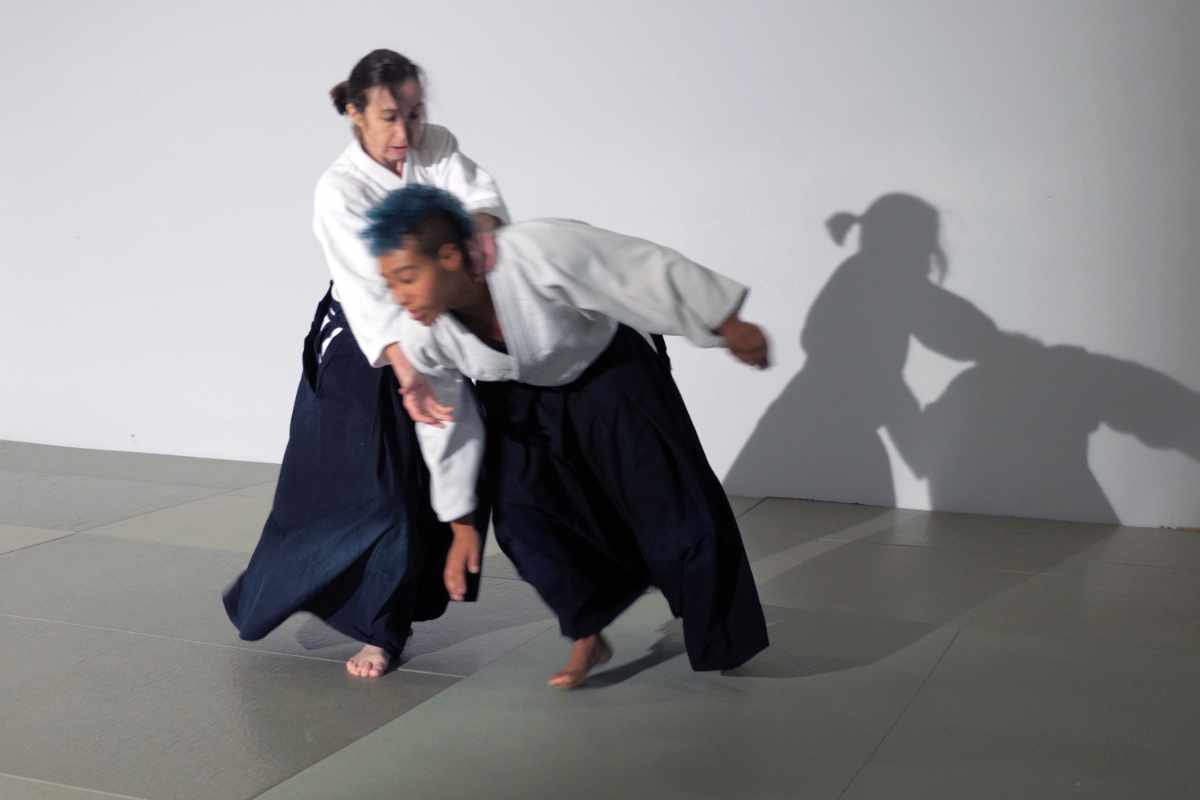
0 Comments